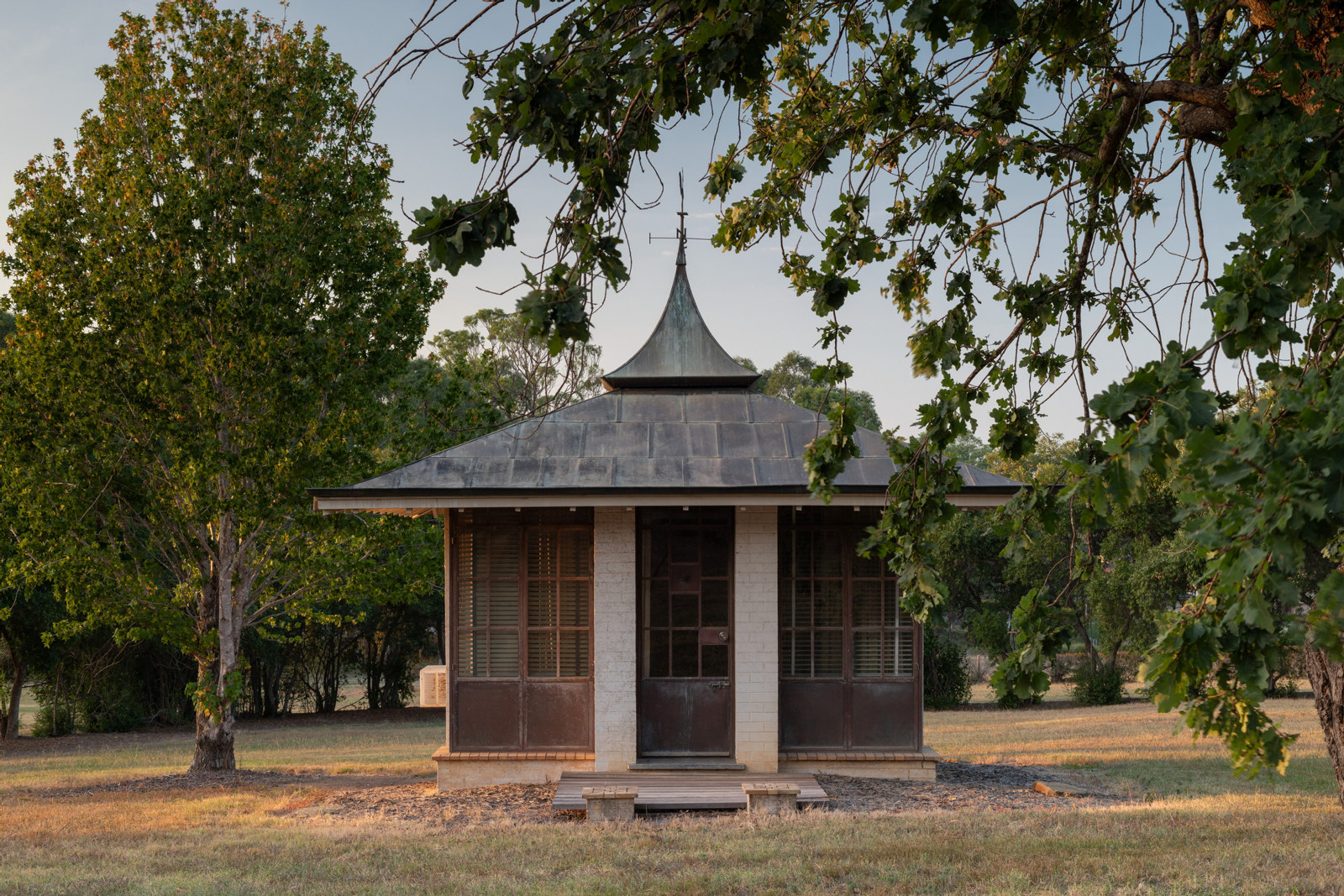Sefton Hall
Mount Wilson NSW
Sefton Hall was completed around 1912 as a summer retreat for wealthy Sydney retailer Henry Marcus Clark (1859-1913).
Clark had made his fortune from the Marcus Clark & Co. chain of department stores which he had established in 1883. When he bought the Mount Wilson property, then known as Balangra, from pastoralist James Dalrymple Cox in 1909 it included a late nineteenth-century timber cottage with lattice-enclosed verandahs. The cottage now stands within the grounds of Sefton Hall and is known as the ‘billiard room’.
Clark called his new house ‘Sefton Hall’ after the village of Sefton in Lancashire, England where he had grown up. An earlier home in the Sydney suburb of Dulwich Hill had also been named ‘Sefton Hall’. The Mount Wilson property sprawls across 20 rooms and is clad in fibro with pressed metal ceilings, though the original corrugated iron roof has been replaced by slate. The original materials were chosen for both their portability and fire resistant qualities.
Although Clark died not long after Sefton Hall was built the property remained in family hands until 1994. The house and grounds were photographed prior to the first ever public sale of the house.
Photographer: Ross Heathcote
Date Photographed: October 1994
Original image format: transparency film: 6x6cms; 35mm mounted slides; 35mm photographic negatives
Copyright: Caroline Simpson Library & Research Collection, © Photograph Ross Heathcote
Further reading: Marcia A.M. Clark, The story of Henry Marcus Clark and Sefton Hall, Personal publishing Pty Ltd, Sydney, 1985
Chapter on Sefton Hall in Alison Halliday & Joanne Hambrett, A passion for place: gardens of the Blue Mountains, Melbourne, Bloomings Books, Melbourne, 2011
Documenting NSW homes

Documenting NSW Homes
Recorded for the future: documenting NSW homes
The Caroline Simpson Library has photographically recorded homes since 1989
Published on